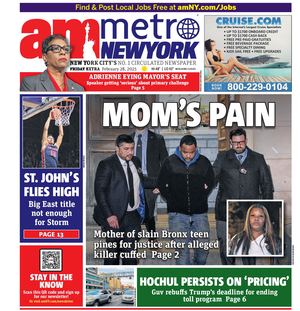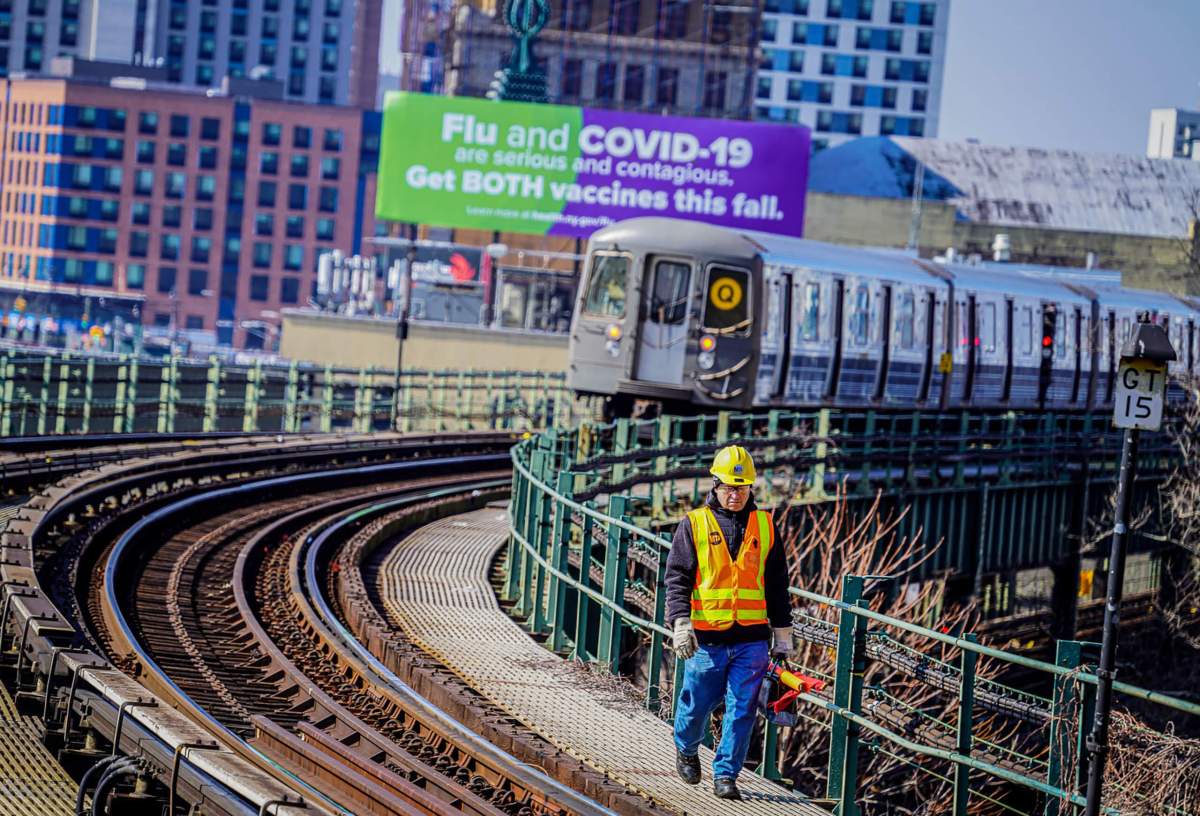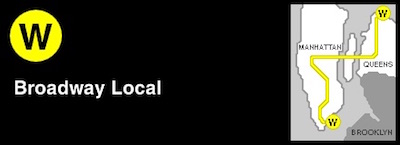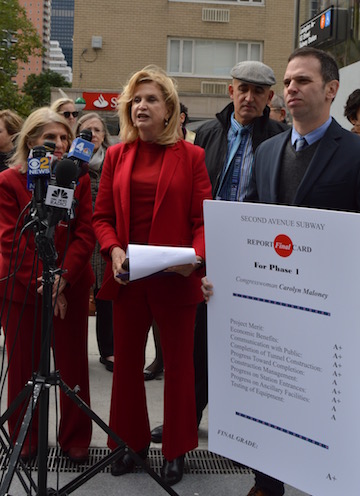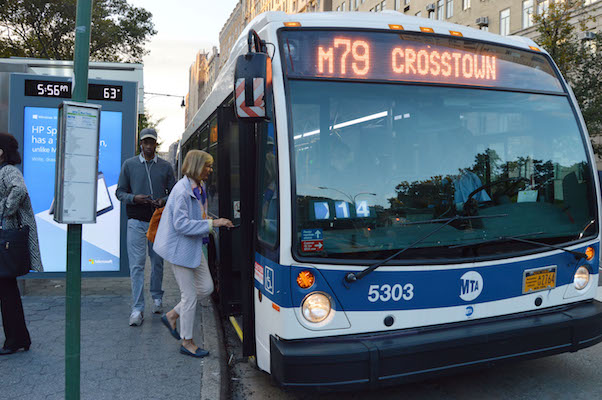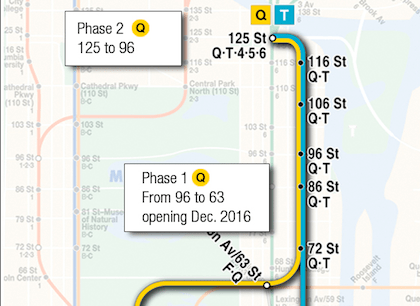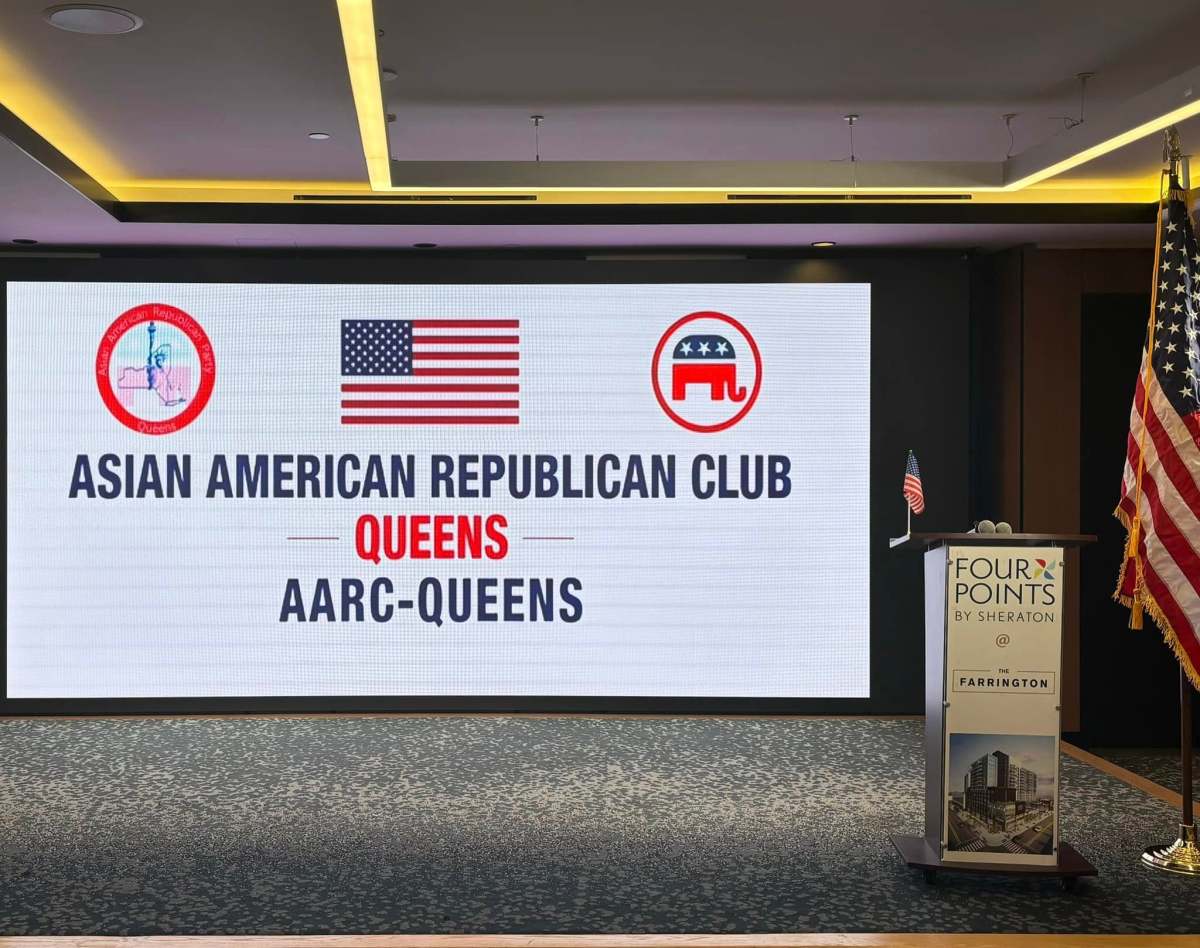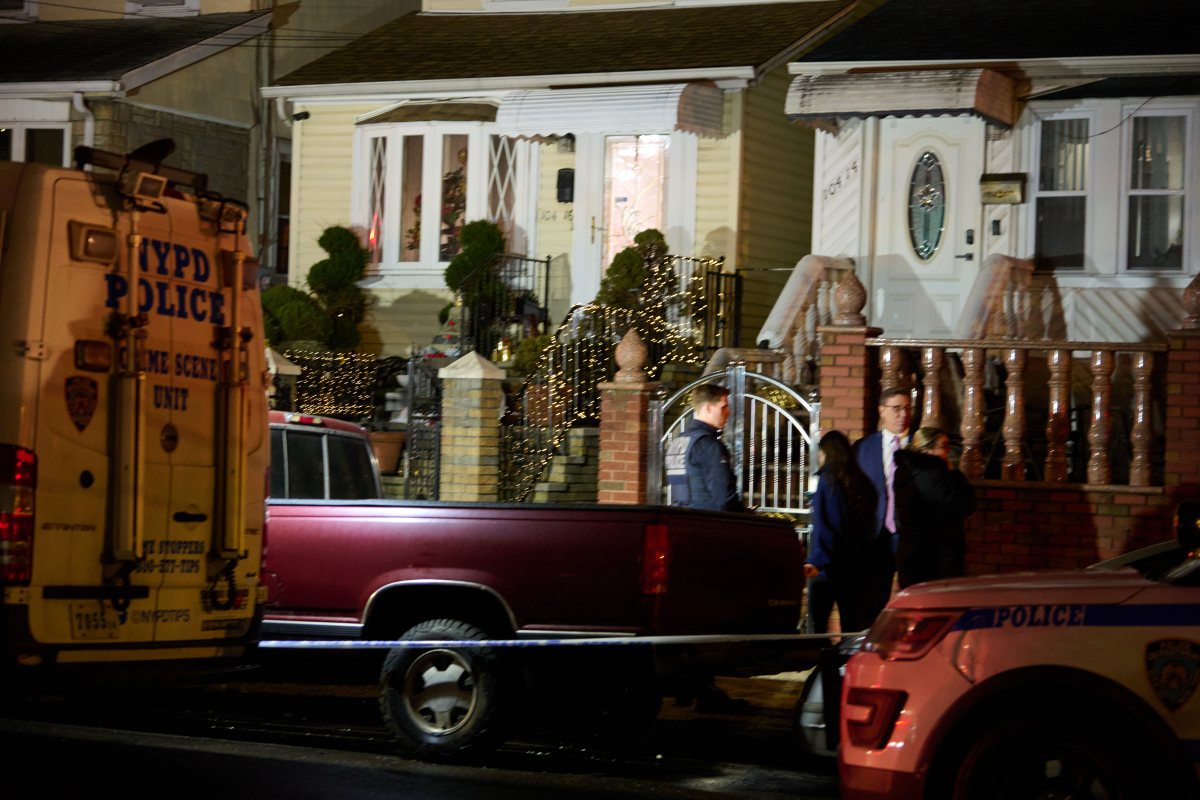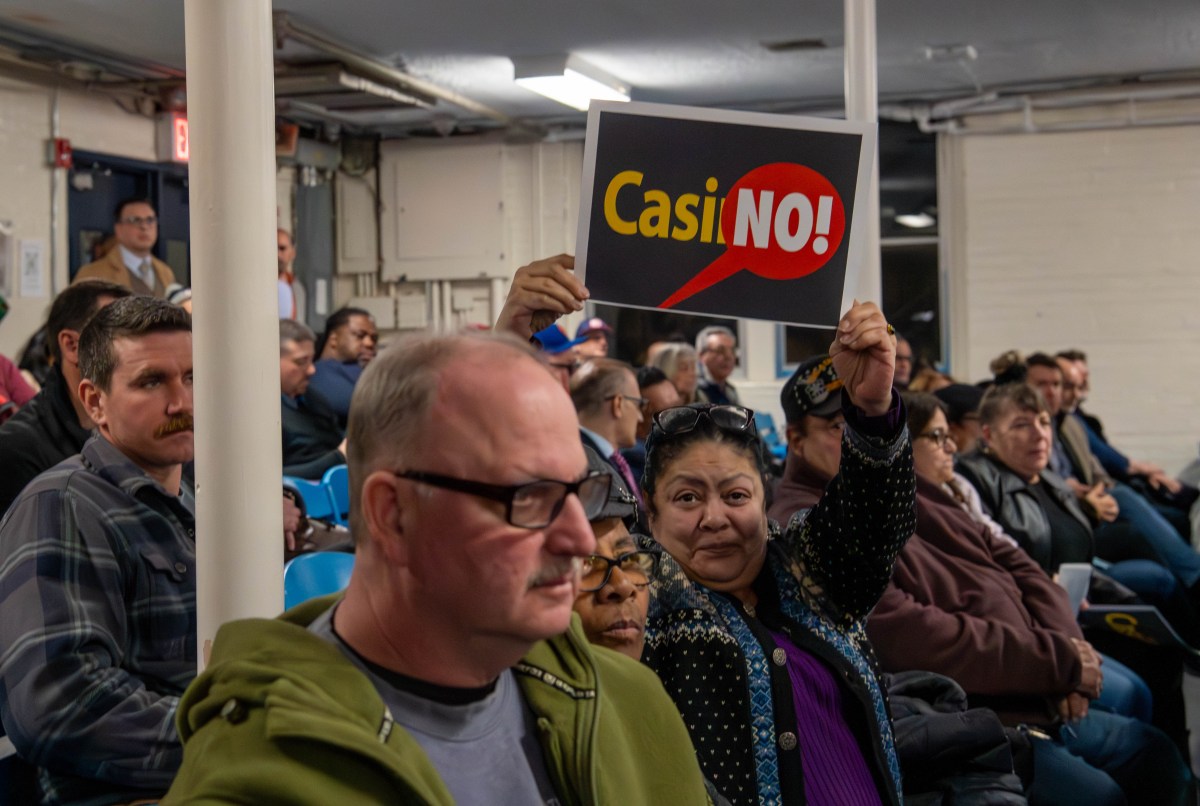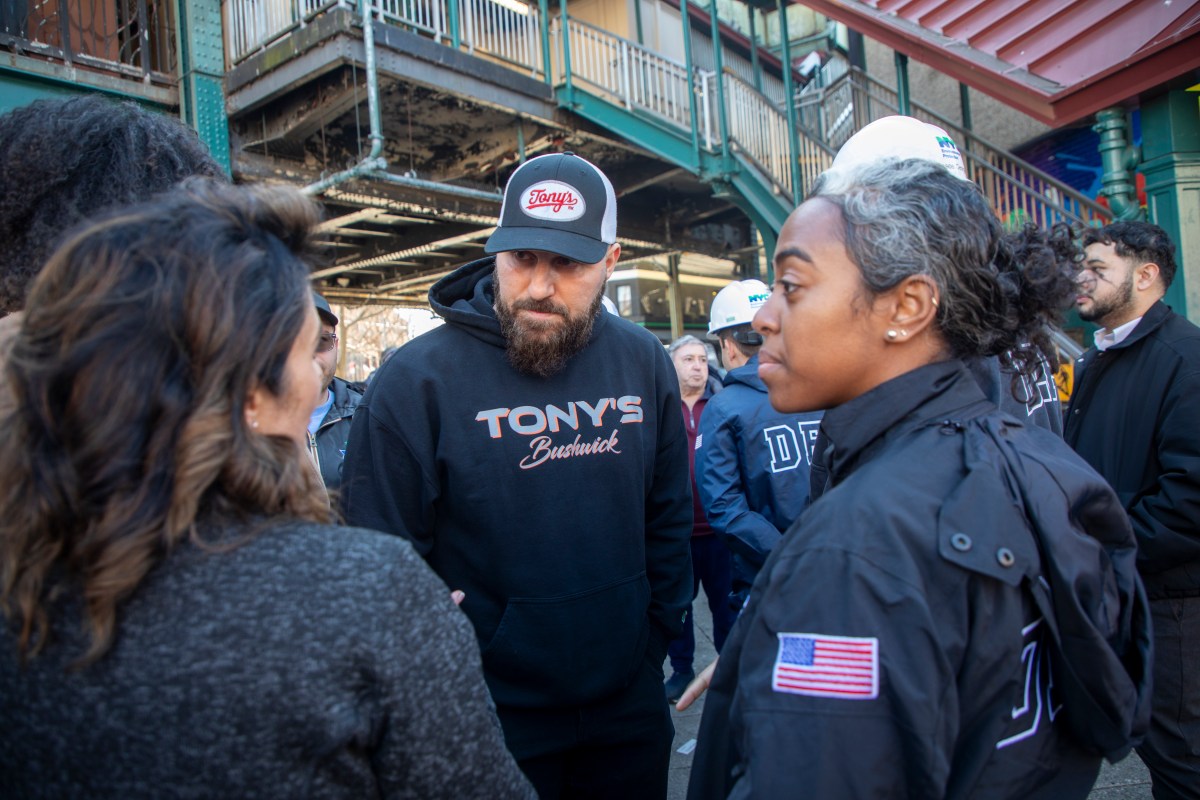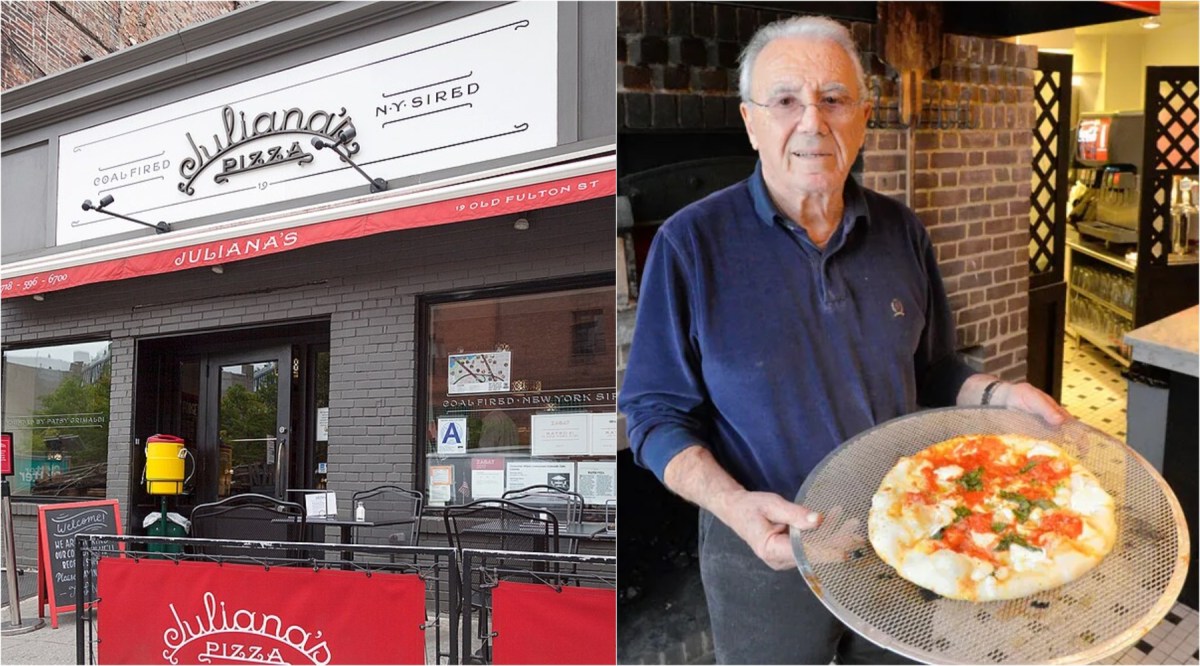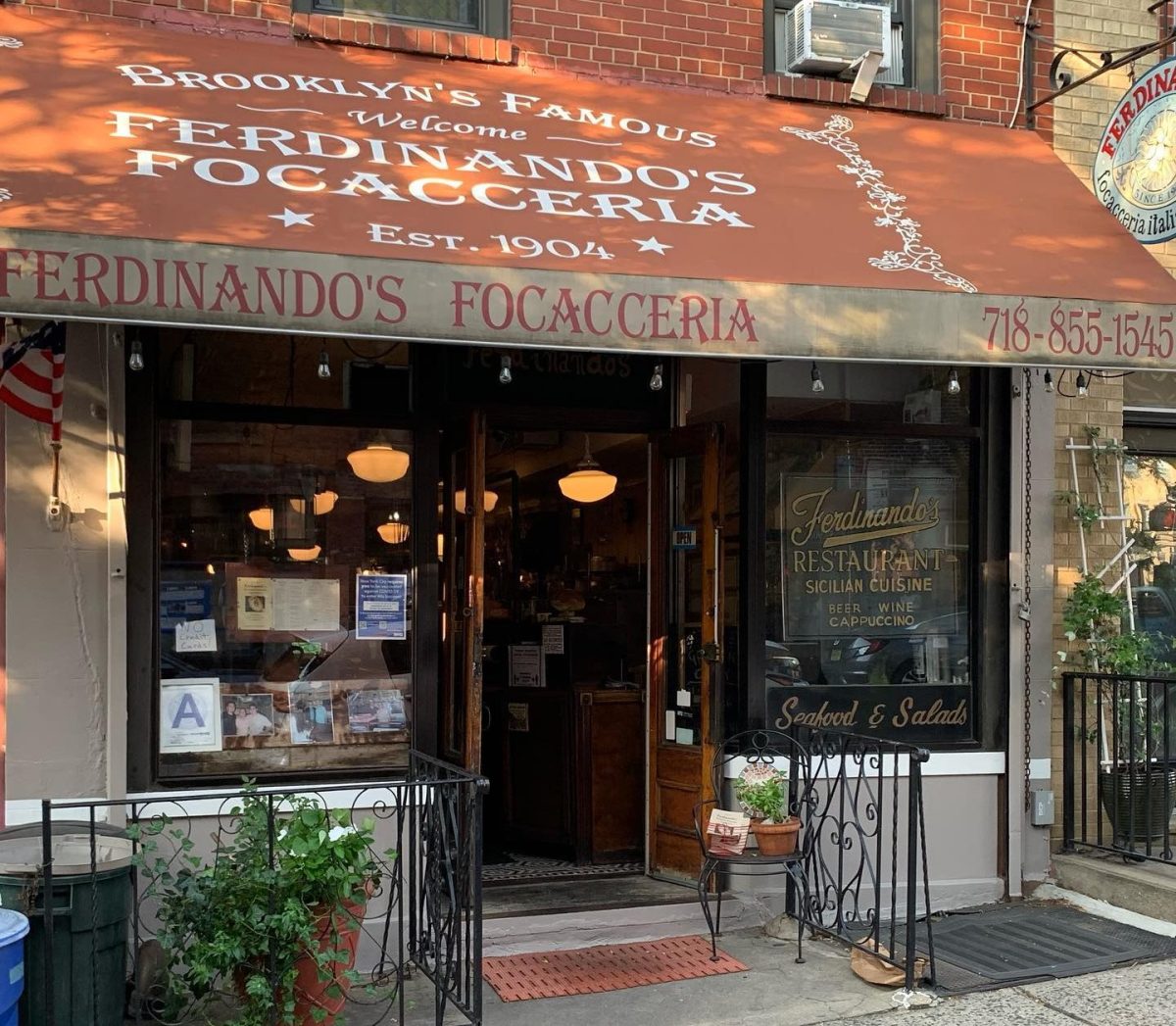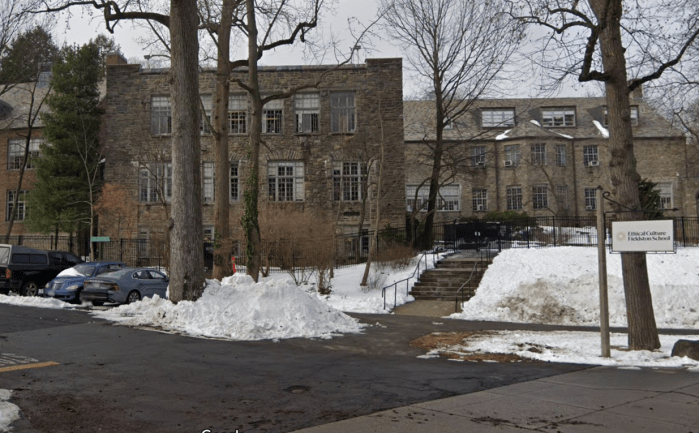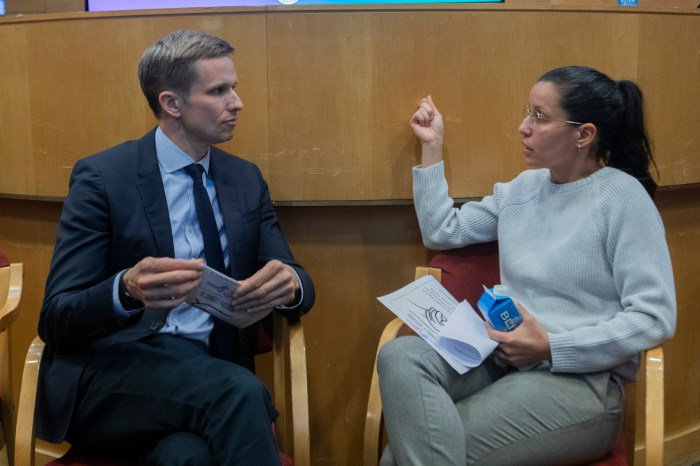New York’s mass transit system is on track to recover the majority of its lost ridership two years after the COVID-19 pandemic shut down the city that never sleeps, but uncertainties still plague the subways, buses, and commuter rails as the health crisis has shaken up how and why people travel.
The coronavirus tore through and devastated the Metropolitan Transportation Authority, with 160 confirmed deaths among the agency’s own workforce to date and ridership depleting by more than 90% at times.
“It felt like the beginning of Armageddon, like the beginning of the collapse of our government, of our society,” said Amanda Stinson, a six-year signal maintainer with New York City Transit who mainly works in Queens.
The third-generation transit worker lost several of her colleagues to COVID, and she directed her blame at MTA leaders for initially forbidding her and her colleagues from wearing face masks as they kept the system moving while many New Yorkers sheltered in place.
“It made us feel a bit expendable, a bit very expendable. When people got sick and started dying, that was traumatic,” Stinson said.

Ridership on the subways dropped from 5.5 million a day in early 2020 to less than 200,000 within a matter of weeks in March and April.
Over the coming months, the MTA was facing down a $16 billion deficit and “doomsday” service cuts until the federal government stepped in with what would end up being more than $15 billion in pandemic relief.
Then-Governor Andrew Cuomo also instituted an overnight shutdown of the subway system — the first in its 116-year history — to sanitize trains and boot homeless people who had sought shelter there, and 24/7 service didn’t resume until May 2021.
“This is the worst thing that ever happened to the subway,” said Danny Pearlstein, the policy and communications director of the advocacy group Riders Alliance.
Prolonged shortages
Retirements and a pandemic-era hiring freeze intended to save the MTA money during the worst of the COVID times led to severe crew shortages and reduced service, which the agency is still working to recover from.
Stinson said she would routinely hear of colleagues that passed away from the virus.
“When I would hear about people I would just cry to the point where it was like, ‘Well, you know the guy from up the hall, you know the guy with purple coat, you know he died,’” she recalled. “It was just too much, too many people.”
In the fall, the city’s largest public transit union, Transport Workers Union Local 100, held a ceremony to unveil a tribute to the many fallen transit workers at its Brooklyn Heights headquarters.
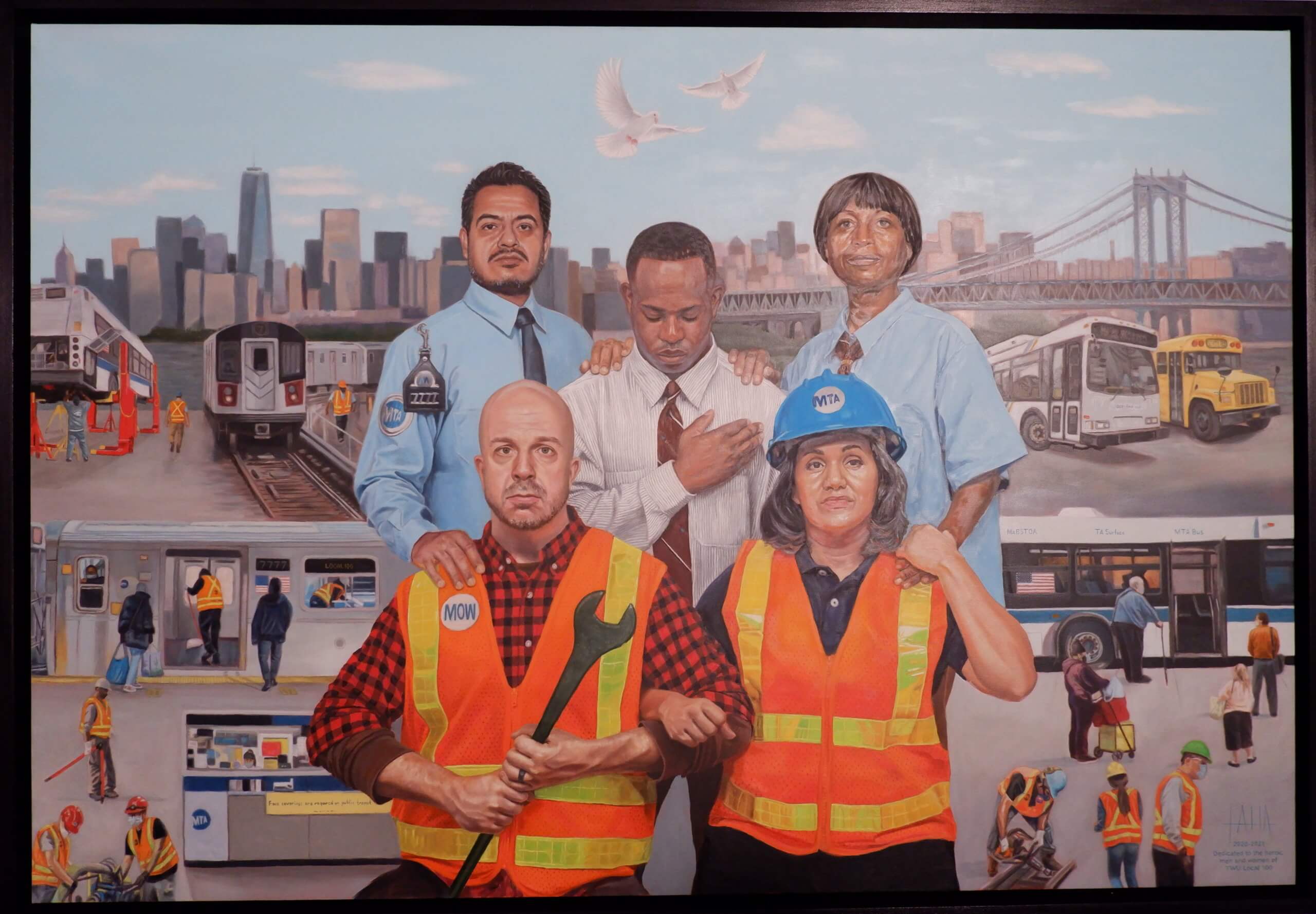
The agency’s workforce was still down by almost one-tenth as of February, at 66,737 total staff compared to 71,409 at the beginning of 2020, according to the most recent board documents.
While transit honchos have aimed to speed up training for new operators and conductors, the latest COVID wave fueled by the Omicron variant spread like wildfire through the agency leading to six lines to be taken out of service for around the new year.
The outbreak of the more-contagious strain led to more than 17,700 COVID-19 infections at the agency, representing more than one quarter of its staff, showing that the MTA is still very vulnerable to the pathogen.
The Authority has also remained one of the few workforces that does not require its employees get vaccinated against COVID, and has instead implemented a pricey testing regime across its sprawling network of subsidiary agencies.
Underground refuge
The city’s unhoused population sought shelter in large numbers in the transit system during the health crisis, and once more riders started trickling back into stations, politicos have amplified their concerns about being faced with destitute and at times mentally unwell fellow New Yorkers.
At the same time, some crimes have risen to numbers not seen in decades, especially assaults, leading to calls for increased policing on trains and platforms.
Newly sworn in, Mayor Eric Adams in early January vowed to make cops an “omnipresence” in the system, deploying Boys in Blue underground in record levels, while Gov. Kathy Hochul joined hizzoner at the Fulton Center announcement to promise more state funds for homeless outreach.
Nine days later on Jan. 15, mentally-ill homeless man Martial Simon allegedly shoved Michelle Go to her death in front of a train at Times Square, shocking the city.
Politicians and transit officials scrambled for a solution of the dual crises of homelessness in transit and high-profile crimes deterring riders.
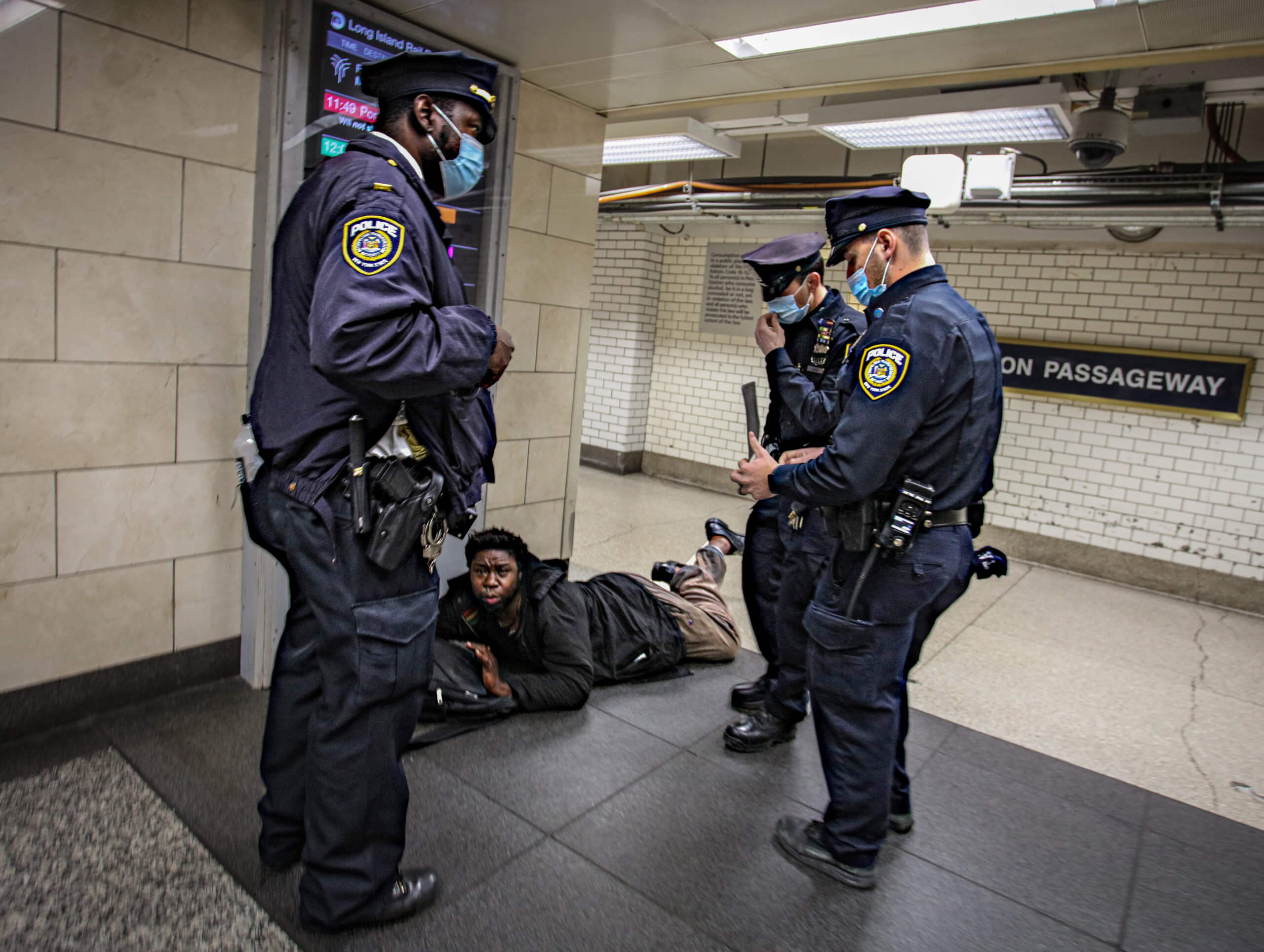
Adams and Hochul once again stood before the press at the downtown transit complex outlining their plans to use police and mental health workers to get the undomiciled out of the system, however reports have shown that the plans have led to a minuscule number of people actually ending up in shelters.
Pearlstein, of Riders Alliance, said the responsibility of dealing with homelessness and mental health has been falsely put on the MTA, whose job is to run trains and buses.
“Those other issues have to be resolved by other agencies,” said Pearlstein, of Riders Alliance. “It’s going to take many years to do effectively and to do permanently, and that’s going to require a lot of additional investments in terms of permanent, safe, private housing, and healthcare for the people who need it.”
Getting riders back
Pandemic-era daily ridership on subways peaked at 3.44 million on Dec. 9, before dropping again during the Omicron outbreak and returning regularly to above 3 million in early March.
Weekend ridership has recovered faster than trips Monday-Friday, noted Lisa Daglian, the executive director of the MTA’s internal rider advocacy arm, the Permanent Citizens Advisory Committee.
“There’s definitely an emergence from the COVID cocoon that’s happening on on our own time, but the question is, is that going to happen during work hours,” Daglian said.
MTA’s new chairperson and CEO Janno Lieber pushed through a slate of fare discounts to get New Yorkers back, including a first-ever weekly cap on OMNY that unlocks unlimited rides in a week after 12 taps.
That comes with packages to get more people onto the agency’s two suburban commuter railroads, the Long Island Rail Road and the Metro-North Railroad, both of which have been the slowest to recoup passengers during COVID.
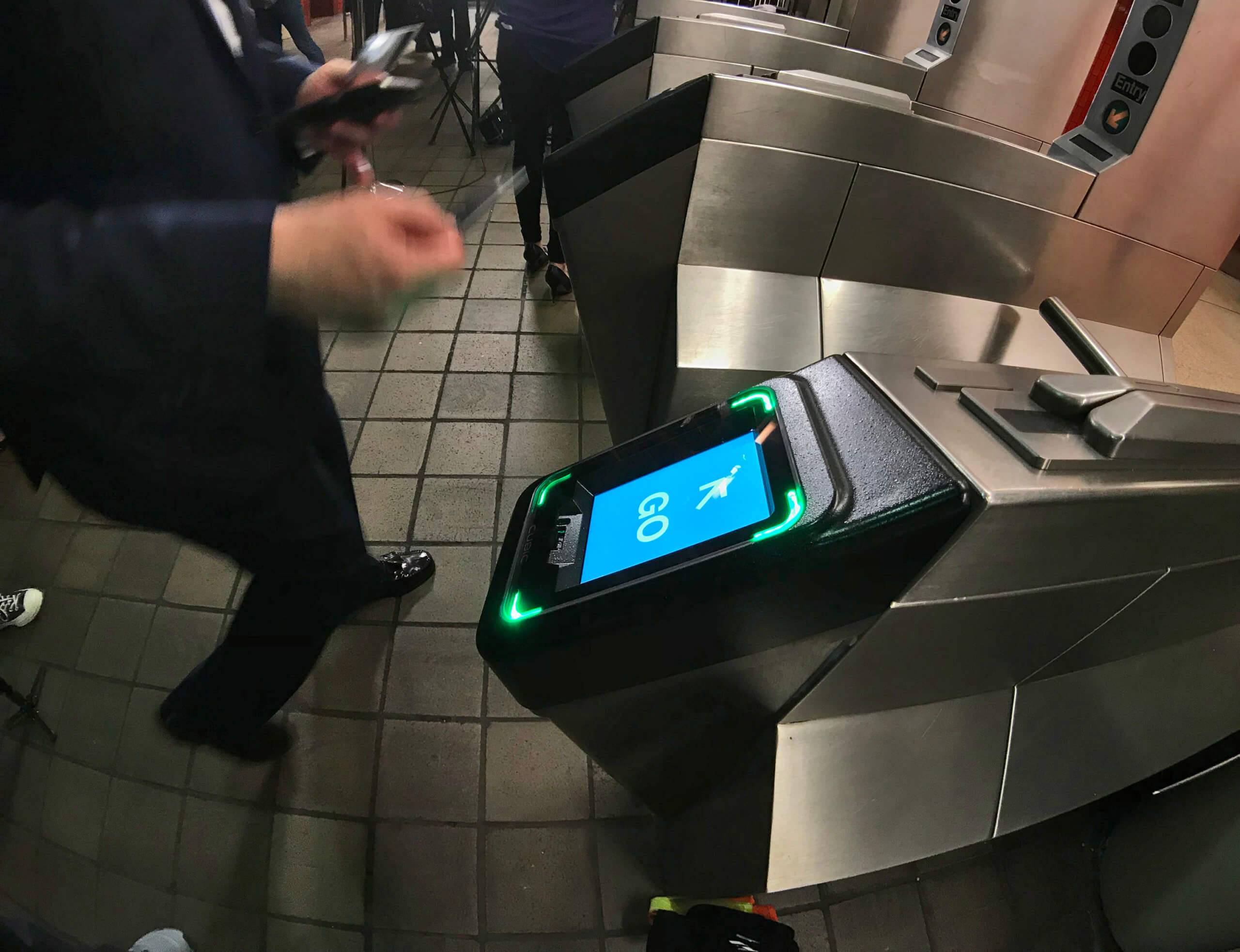
Hochul also postponed scheduled fare hikes further until 2023, after this year’s election cycle when she will run for a full term.
While the discounts will cost the MTA as much as $5 million in lost farebox revenue during the initiative’s four-month testing phase, if they’re successful in making more people take public transportation, the benefits could become permanent.
One of the commuter railroad discounts is the so-called City Ticket that offers $5 rides on LIRR and Metro-North trains within the city limits during off-peak hours.
“Commuter rails are a huge benefit and boon within the city, and they’re under recognized for where they are and people should also take advantage of that,” Daglian said. “At $5 it’s steeper than the subway, but it’s still less expensive than an express bus and it’s something that will save people hours in their day.”
Signals of the future
With ridership and commuter patterns returning, old issues plaguing the subways are coming back too.
A meltdown of the 6th Avenue Line in Manhattan last week, which carries B, D, F, and M trains, made clear that the agency must keep its aging system in good repair and upgrade its Depression-era signaling system, a years-long project that was a big focus of MTA’s capital plan pre-pandemic.
“Even though episodes and things like this … are relatively unusual these days, they’re not encouraging, they’re not great for getting riders back on board,” Daglian said.
While the agency does not have to borrow more money to keep operations going through 2025 thanks to recent infusions of federal cash, officials will still need to find new sources of revenue to make up for lost ridership.
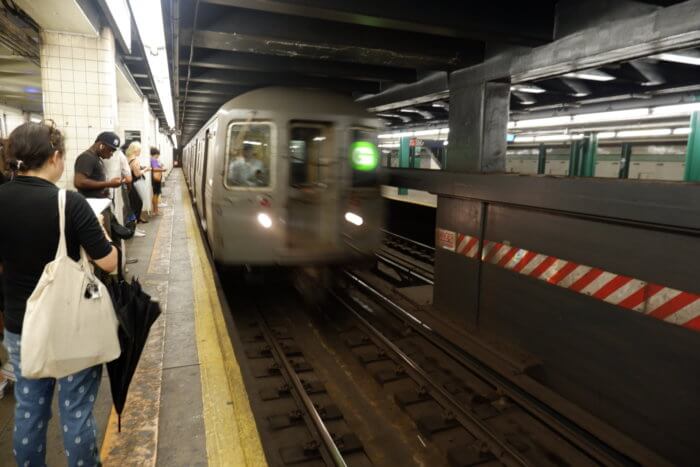
Lieber has said the MTA should be funded like an essential service rather than be so reliant on fare hikes and service cuts, but he’s left it up to state lawmakers and the governor to come up with a plan.
Pearlstein said the state should invest in more service now to make the transit system as good as possible rather than to wait until the federal pandemic relief runs out in three years.
“The MTA’s approach is to wait until it runs out of federal aid and then go running to Albany for money to fill the budget gap,” he said. “The problem with that is it doesn’t have anything new on offer.”
“Trains run twice as frequently in Paris as they do in New York — that’s not acceptable anymore,” Pearlstein added. “We can’t just put on our New York exceptionalism glasses and say, ‘We’re special because it’s New York,’ because our transit system doesn’t measure and it needs to.”
Daglian said the MTA needs to staff up and be prepared for what COVID — or other health crises — will throw at the city in the future.
“Make sure you always have enough workforce in the pipeline and making sure that you’re always ready, stocked for the next wave of whatever is going to hit you is really important, otherwise you can’t move to people you need to move,” she said.
